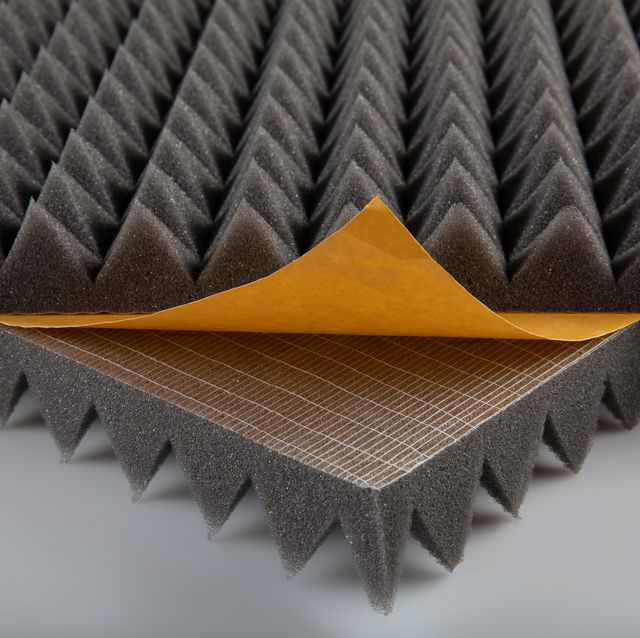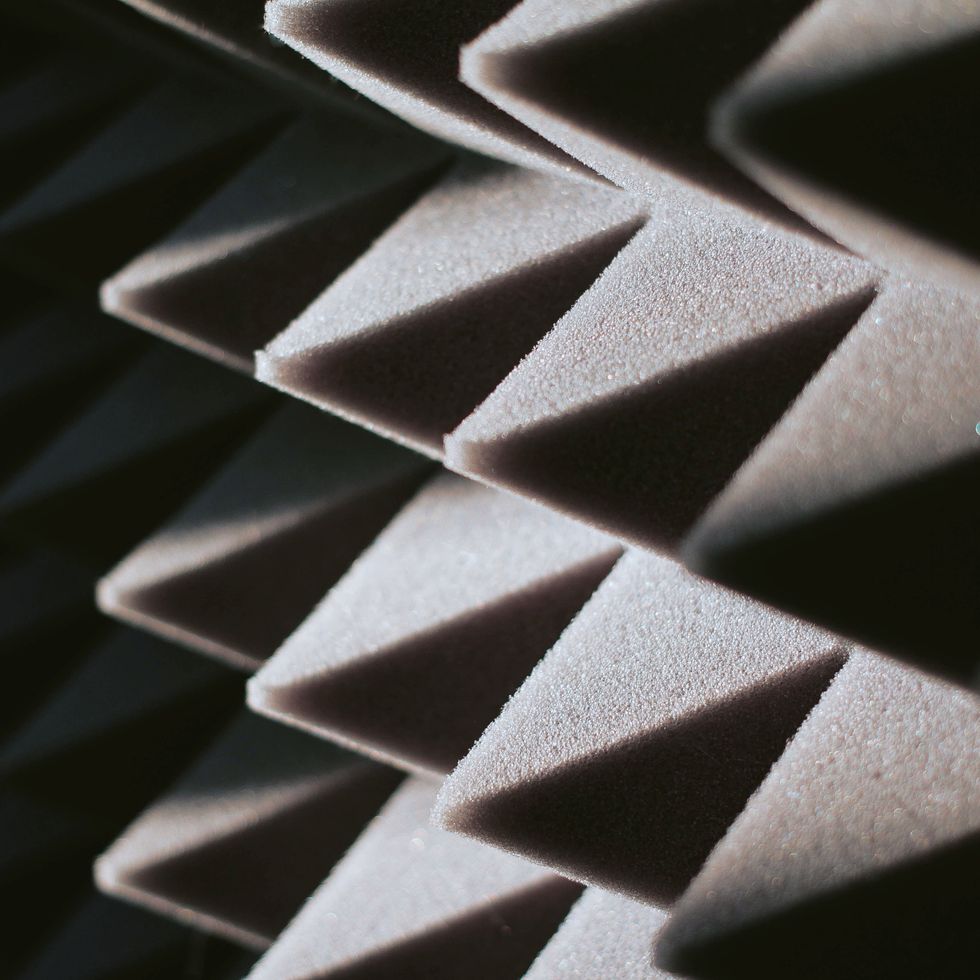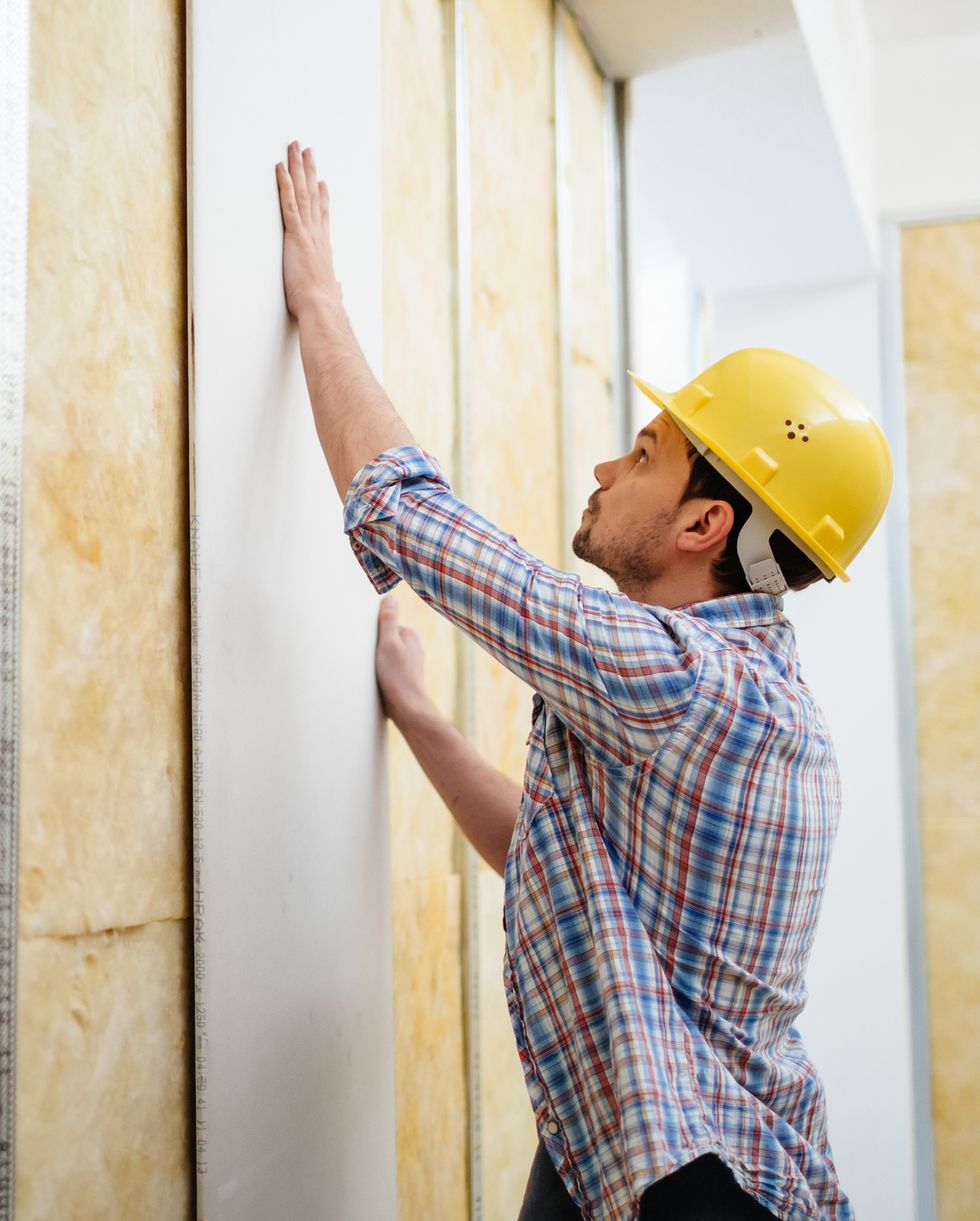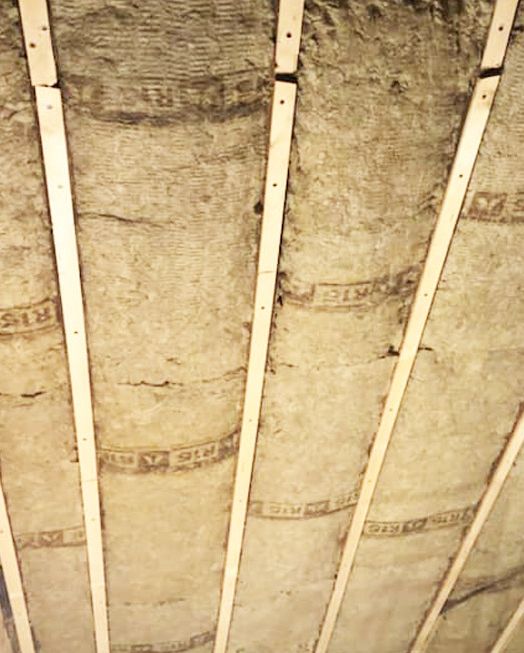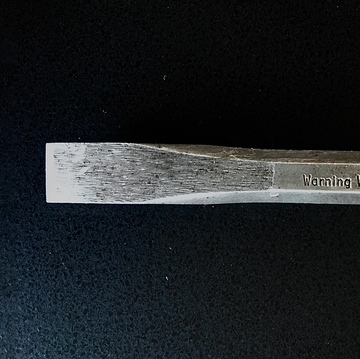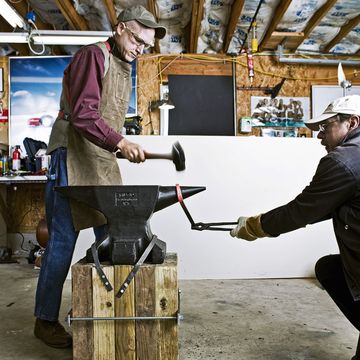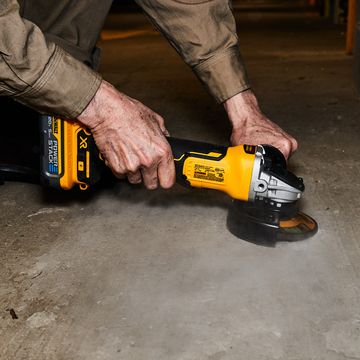How to Soundproof a Room
Because when working from home, we could all use a little extra peace and quiet.
Our homes should serve as a quiet, peaceful respite from the hustle and bustle of the outside world. But that’s becoming increasingly more difficult as the world gets busier and noisier everyday—especially if you’re still working from home and need some solitude to get anything done.
To silence the racket, you can effectively soundproof rooms to dampen the din of traffic, sirens, airplanes, honking horns, and other noisy intrusions going on in and around your home—especially if you’re not a fan of wearing noise-cancelling headphones all day. Here, we give you detailed information on ways to soundproof existing rooms, including some super-simple tips and more-advanced techniques that utilize sound-absorbing products. And, if you’re building or remodeling a home, we’ve also got advice on how to make it quiet from the start.
→ More from Popular Mechanics:
- Get Impressive Audio and Style With Your Own DIY Sound Bar
- How to Make a Bluetooth Speaker Out of Just About Anything
- How to Build a Backyard Greenhouse
Joe is a former carpenter and cabinetmaker who writes extensively about remodeling, woodworking, and tool techniques. He has written eight books and is a contributing editor to Popular Mechanics. He also appears on the Today’s Homeowner TV show, and co-hosts the weekly Today’s Homeowner Radio Show. Joe writes from his home in Roxbury, Connecticut.
Watch Next


8 Ways to Power Your Home With Renewable Energy

7 Ways to Silence Your Squeaky Floor

How to Fix an Ugly Lawn

How to Sharpen Your Chainsaw Like a Pro
